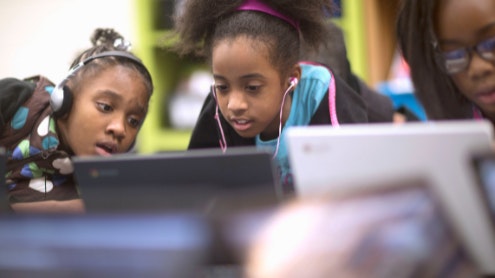Homepage
•
Learning Library
•
Blog
•
Tools and Strategies for Developing Learner Agency
Expand breadcrumbs
Expand breadcrumbs
- Learning Library
- Blog
- Tools and Strategies for Developing Learner Agency
- Homepage
- •
- Learning Library
- •
- Blog
- •
- Tools and Strategies for Developing Learner Agency
Tools and Strategies for Developing Learner Agency
By Liz Kolb
July 29, 2022








